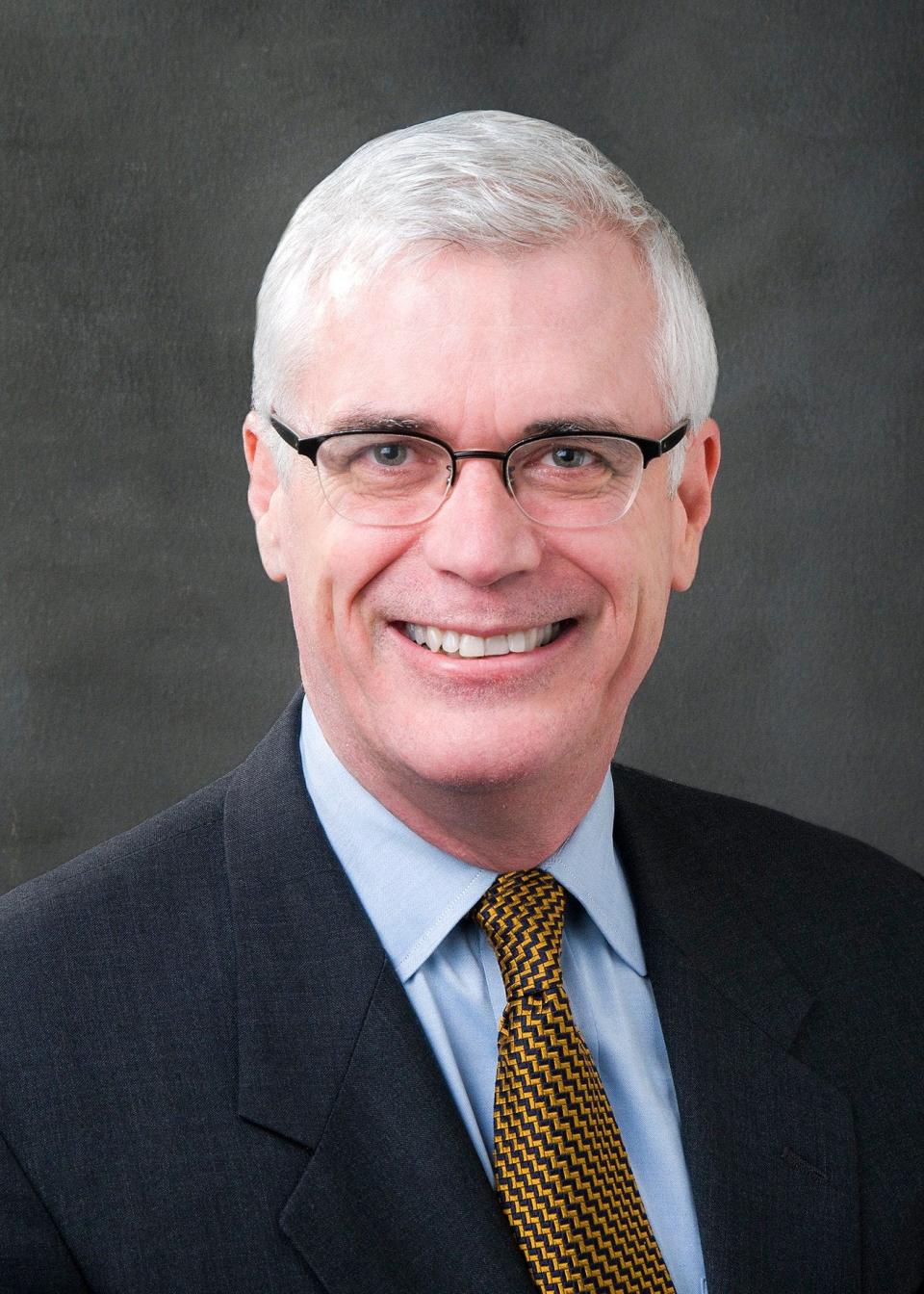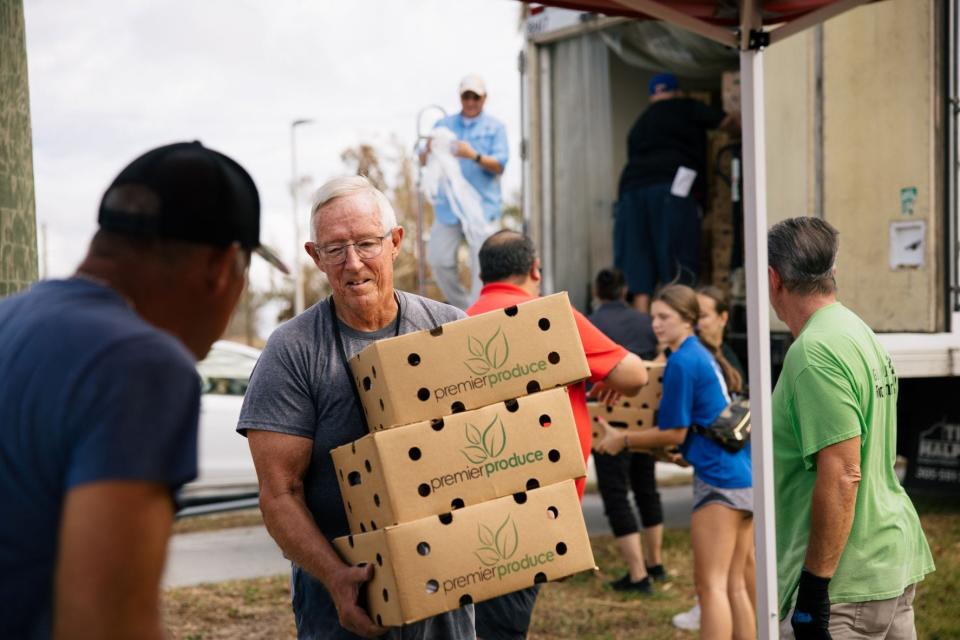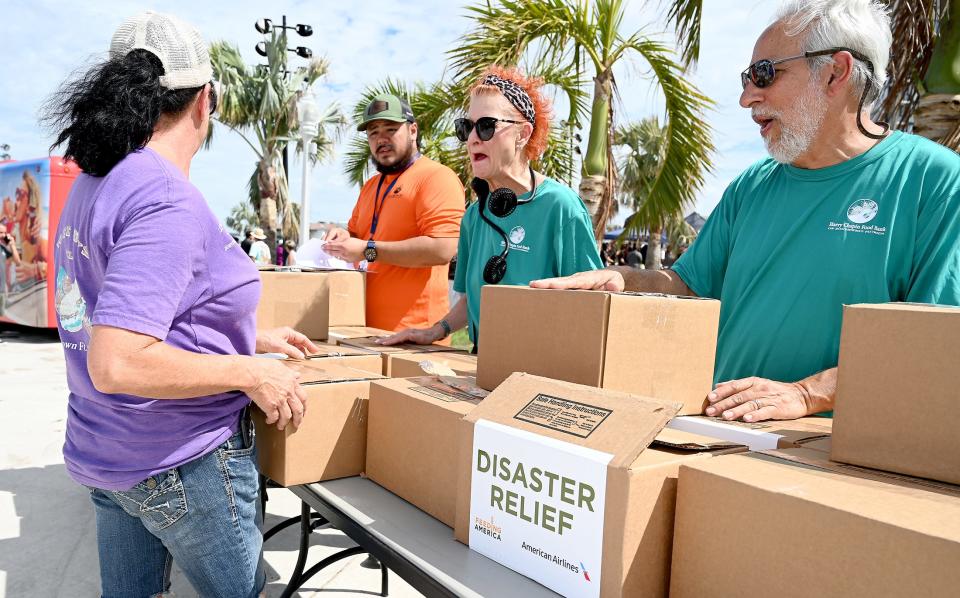Food banks helped thousands of families impacted by Ian
During times of large-scale crises like hurricanes, those who are impacted need help right away. And while most of us are likely aware of the first responders and linemen who work to get power back online, there is another vital and often unseen need.



In the aftermath of a natural disaster, a community can become a “food desert,” where safe, nutritious food and sanitary water are simply not available to those who are impacted.
After Hurricane Ian, the investment that Florida has made over the years – both from the public and private sectors – helped thousands of families impacted by Ian. As the CEO of the Harry Chapin Food Bank and president of the state’s largest network of food banks – known collectively as Feeding Florida – I witnessed how we were able to put that investment to work saving lives. Our local food bank was impacted in the wake of the storm, but we were still able to quickly partner with nearby food banks and government agencies to get desperately needed provisions into the hands of families in need.
The Harry Chapin Food Bank, in conjunction with regional support from other Feeding Florida food banks, the Florida Department of Agriculture and Consumer Services, the Florida Department of Emergency Management, and national organizations were able to immediately double our food distribution from 700,000 pounds per week to over 1.5 million pounds of healthy nutritious food to local families who were hungry and thirsty.
None of this could have happened without years of consistent investment in infrastructure and support services to ensure that we have the tools and partnerships necessary to respond during a crisis.
Consistent investment in infrastructure from both the private and public sectors is the kind of support needed in every community every day – irrespective of a large-scale event. As the only statewide network of food banks, we have been making these kinds of investments for more than 40 years. We know first-hand the value and the impact they make in ensuring that we can help families in need every day, and that during times of crisis, we are ready and able to save lives.
What are those investments?
The Feeding Florida network of food banks invests in our local communities through in-house infrastructure, such as refrigeration and storage, and in building capacity to receive and deliver large quantities of food. We also invest in relationships with local faith-based organizations and other charities to ensure our products are making it into the hands of those most in need. Lastly, we invest in relationships with local farmers to ensure that many of their products do not go to waste, even in times of market slowdown.
This last investment – in our local farmers – is a vital yet often unrecognized component of what we do. We ensure that Florida-based farmers always have an outlet to get nutritious, locally grown products onto the dinner tables and into the lunchboxes of Floridians in need. This helps those families and children and ensures that Florida maintains some measure of food independence by supporting those local farmers. Instead of food being left to rot in fields, we work with farmers to ensure that their food does not go to waste, and we underwrite their “pick and pack out” costs so that local farmers can remain productive and in business. Consequently, farmers benefit and Florida families in need get high quality nutritious food -- a win-win-win scenario for the state.
So yes, when large-scale disasters strike, the Feeding Florida network of food banks is ready to help. But we are also there every day, in every county, for those families who are suffering through tough times. And that dual ability to help comes because our state, our businesses, our local charities and our local farmers all know that making these investments pays big dividends in the long run.
Richard LeBer is the president and CEO for the Harry Chapin Food Bank and president, Feeding Florida Board of Directors. Harry Chapin Food Bank, a member of Feeding America and Feeding Florida, is the largest hunger-relief organization in Southwest Florida. The food bank rescues food that would otherwise go to waste and distributes it to children, families, seniors and veterans who are hungry through a series of food distribution programs that feed more than a quarter of a million people each month. For more information visit harrychapinfoodbank.org.
This article originally appeared on Fort Myers News-Press: Food banks helped thousands of families impacted by Ian

